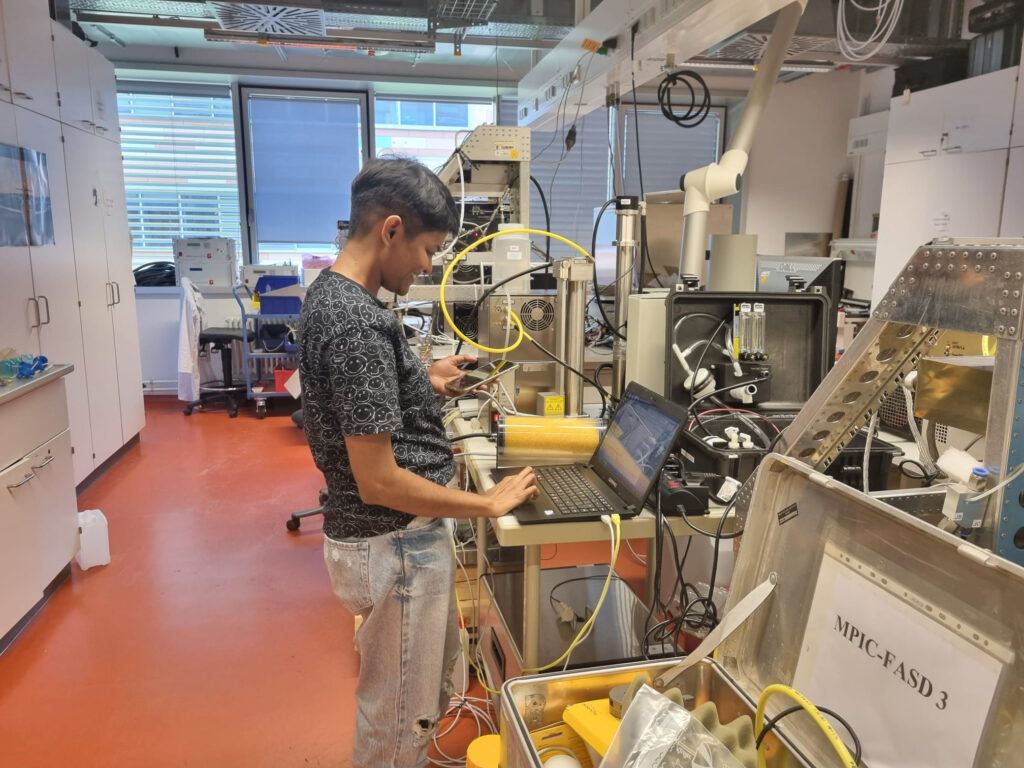Hi everyone, I am Subha and I like to call myself an interdisciplinary researcher. I did civil engineering for my bachelor’s degree. For my master’s degree, I worked on the applications of remote sensing and GIS. During my PhD, I studied fine particles suspended in the atmosphere of megacities in India. My focus was to see how well these particles can form cloud droplets. This work was also a collaboration with scientists at the Max Planck Institute for Chemistry.
I come from a tropical region in the southern part of India, and I did my studies until my PhD there. Now I work full-time at Max Planck Institute for Chemistry in Mainz with a wonderful team led by Christopher Pöhlker. It is amazing that I get to work on fundamental scientific questions that concern our climate. And I am fascinated by the level of international collaboration that happens here to address these questions. Apart from work, what I enjoy the most is the cultural exchange that comes with the collaborations, and the friendships that we build across borders.
Although I joined the ATTO team recently in 2022, I have been reading and listening to my colleagues about the studies taking place at ATTO. I am also gearing up for my first trip to ATTO in a month. I am specifically interested in the tiny particles that are found abundantly in the upper atmosphere of the Amazon rainforest. The ways in which these particles can affect the clouds and rain in the Amazon rainforest, and eventually the overall climate is what makes me curious.
At the moment, I am preparing with my team in the lab for the Café Brazil campaign, planned for the end of 2022.
During this campaign, we aim to record the formation of these tiny particles in the atmosphere. We do this using an instrument that we developed in our lab. It is specialized to look at these tiny particles that grow into larger sizes in a short period of time. These will be fitted into an aircraft, which will then fly over the Amazon looking for the tiny particles. After the campaign, we will have collected large quantities of valuable data. In these, we look for patterns that could give us answers to these questions and more exciting insights into the events taking place in the “world of tiny particles”.


